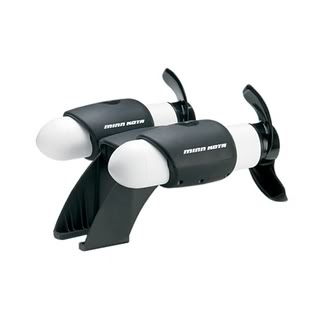Mike---
If you ever get a chance to watch a truly professional skipper maneuver a single-engine boat in close quarters, it is well worth hanging around to watch.
Several years ago Carey of this forum and I (and our wives) had our boats in a marina on Saltspring Island in the Canadian Gulf Islands. We happened to be there the night the marina installed its new floating breakwater. It was towed over from Vancouver by a relatively small Fraser River tug (60 feet maybe) and arrived about ten pm. The tug then proceeded to push and prod the breakwater, which I'm guessing was perhaps 200 feet long, made up of multiple sections bolted together, into positon so the marina people could install the big pins to hold it in place.
It was really something to watch the skipper maneuver that tug in very tight quarters, in the dark, moving quickly from place to place to push on one side or the other, first at one end of the breakwater, then at the other. Sometimes he pushed hard, other times just a tiny nudge, sometimes he just held enough pressure to counter the current so the marina guys could install a pin.
Before heading back to Vancouver he went to the fuel dock to take on some diesel, and Carey and I talked to him for a few minutes about his boat. It was an older tug, powered by a 12V-71, and had a conventional prop and rudder arrangement (as opposed to a Cort Nozzle, etc.). IIRC, it had a two-man crew. When we complimented him on his boat handling he said that when you run these things day in and day out you get a real good feel for how they handle in every situation and you can anticipate exactly what the boat's going to do.
An important element of being able to put a single engine boat right where you want it is power. I learned this with the canal boats in the UK. To do what this tug skipper did, you have to be willing to give the boat a healthy shot of power at the right moment, even if it's only for a second or two. A lot of boaters tend to be very timid of putting in power when they're maneuvering in close quarters, with the result that they sometimes get blown or moved by the current into the very things they''re trying to avoid.
It's a skill you want to learn carefully--- putting in a healthy shot of power at the wrong time can be pretty damaging. And you don't want to end up yanking the shifter back and forth frantically in an attempt to undo something you didn't realize would happen--- it's REAL hard on most transmissions for one thing.
I don't pretend to have a good handle on this skill other than with the canal boats (which are almost impossible to damage), but watching the pros at work if you have a chance is a great education in my opinion.
-- Edited by Marin at 21:11, 2007-12-20


